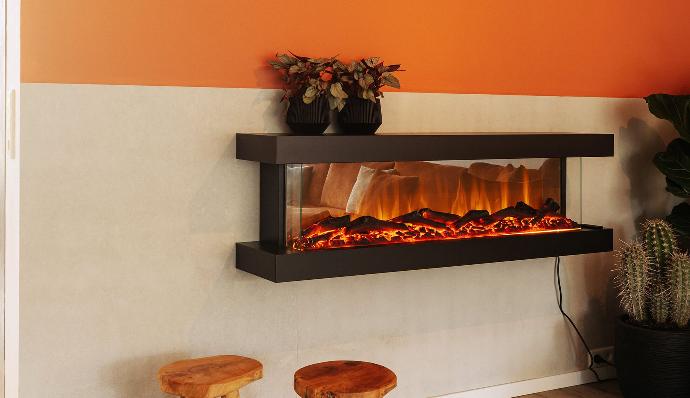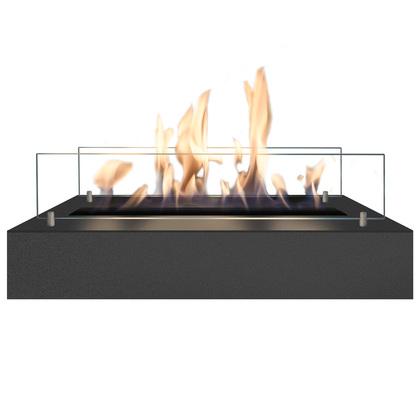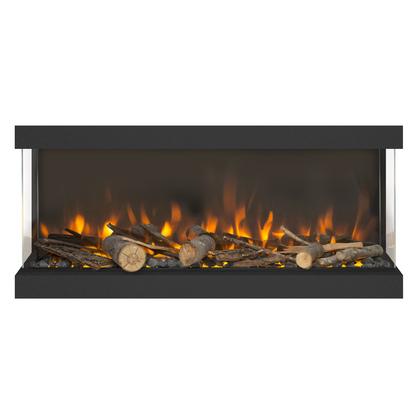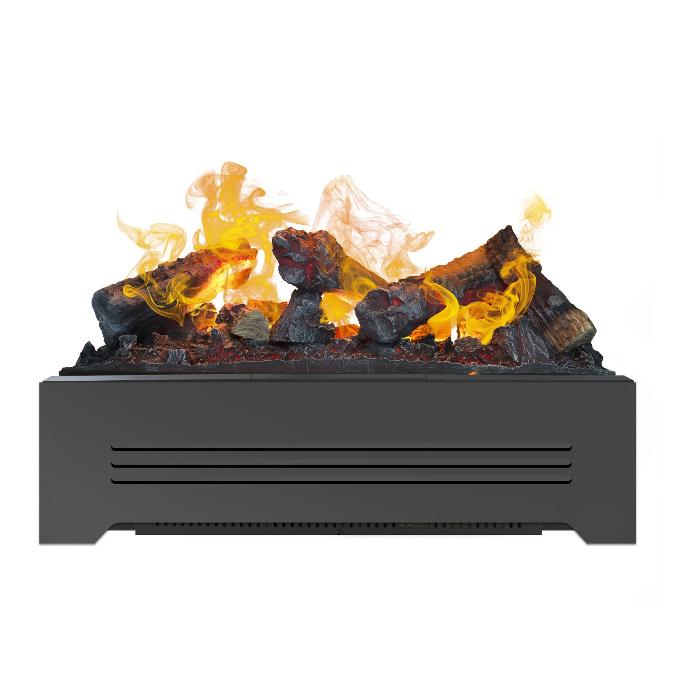Electric fireplaces have become increasingly popular in recent years as an alternative to traditional wood and gas fireplaces. They offer a modern and user-friendly solution for those seeking ambiance and comfort at home, without the drawbacks of smoke, maintenance, or high installation costs. However, a common question remains: do electric fireplaces provide heat? In this blog, we’ll explore how electric fireplaces work, their heating capabilities, and why they are an excellent choice for both ambiance and warmth.
How much heat does an electric fireplace provide?
Electric fireplaces are generally designed as supplemental heat sources rather than replacements for central heating systems. Most models have a heating capacity ranging from 750 to 2000 watts, which is sufficient to comfortably warm smaller spaces like bedrooms, home offices, or cozy seating areas.
The exact amount of heat an electric fireplace can deliver depends on several factors. A 2000-watt electric fireplace can effectively heat a room of approximately 20 square meters. For larger spaces, a more powerful fireplace or additional heating sources may be needed. In well-insulated homes, heat retention is better, making the fireplace more efficient. In older, poorly insulated homes, heat may escape more quickly. Many fireplaces offer adjustable heat settings, allowing you to choose between gentle warmth or a more powerful output.
Independent heat and ambiance
One major advantage of electric fireplaces is that the heat function and flame effects operate independently. This means you can enjoy the cozy flame display during summer without generating heat. This flexibility makes electric fireplaces suitable for year-round use. In winter, the fireplace provides extra warmth, perfect for cold evenings.
The heat function is often easy to control via a remote or built-in control panel. Some models even feature a timer, enabling automatic shut-off after a set period. This enhances convenience and promotes energy-efficient use.

Energy consumption of electric fireplaces
A common concern is whether electric fireplaces are energy-efficient. The answer depends on how often you use the heat function and the intensity of the settings. Energy consumption is measured in kilowatt-hours (kWh). For flame effects without heat, an electric fireplace typically uses 10 to 20 watts per hour, costing less than one euro cent per hour.
The heat function consumes more energy, depending on the fireplace's power. A fireplace running at full capacity (2000 watts) uses 2 kWh per hour. At an average energy cost of €0.40 per kWh, this equates to approximately €0.80 per hour. Adjusting the heat settings or using the fireplace only in occupied rooms can help keep costs low.

Safety features of electric fireplaces with heat
Safety is a key consideration when choosing a heating source, especially if you have young children or pets at home. Electric fireplaces are generally very safe to use. The casing of the fireplace does not get hot, minimizing the risk of burns. Additionally, there’s no open flame, smoke, or gas connection required, further reducing the risk of accidents.
Many electric fireplaces also come equipped with an overheat protection feature. If the fireplace gets too hot, it will automatically shut off. This provides extra peace of mind, especially when using the fireplace for extended periods.
How does an electric fireplace work?
An electric fireplace simulates the look of a real fireplace using LED technology. The flames are not real but are created through a combination of lighting and smart reflection techniques. Some models, such as Opti-myst fireplaces, use water vapor technology to produce a three-dimensional flame effect.
The heating function in an electric fireplace operates independently of the flame effects. Typically, the fireplace contains a built-in electric heater, similar to a fan heater. This heater draws in air, warms it using an electric element, and then blows the warm air into the room. This makes an electric fireplace both a source of ambiance and a practical heating solution.



